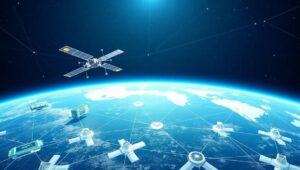May 30, 2025
The Role of Gamification in Cybersecurity Training (2026)
The Rising Tide of Cyber Threats: A Need for Innovation In 2026, the cybersecurity landscape continues to evolve, presenting increasingly sophisticated threats that demand innovative solutions. Traditional cybersecurity training methods often fall short in engaging employees and imparting practical knowledge effectively. As a result, organizations are exploring new approaches, with gamification emerging as a promising tool to enhance cybersecurity awareness and preparedness. What is Gamification? Gamification involves integrating game-design elements and game principles into non-game contexts. In cybersecurity training, this means incorporating challenges, rewards, leaderboards, and storytelling to make the learning process more interactive, enjoyable, and effective. Benefits of Gamification












